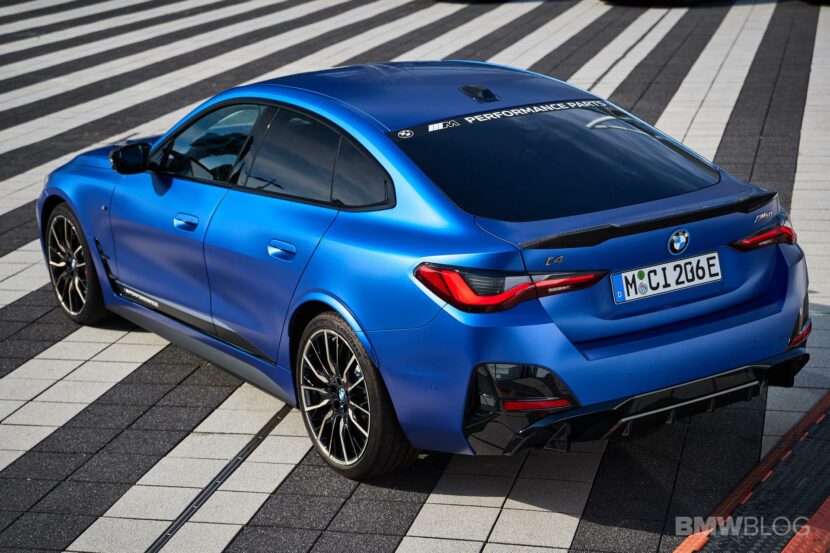Although it’s a “Coupe”, the BMW i4 looks like a sedan but with a more practical hatch rear opening. Technically, that makes it a liftback or a fastback, depending on how you prefer to call it. Open the cargo area and you get 470 liters of cargo volume with the rear seats in place. Fold the bench down and the number increases to 1,290 liters.
What do these numbers actually mean in real life? YouTuber Bjørn Nyland specialized in EVs is here to answer that question. His rather unconventional banana test involves cramming in as many boxes containing the edible fruit as possible. He squeezed in a total of five boxes, which is down by one compared to the Tesla Model 3.
That comes as somewhat of a surprise considering the Tesla has a significantly smaller rear trunk with a volume of 340 liters. It too has a swoopy roofline, but you can see where the BMW i4 is penalized as the underfloor storage area is already occupied by the subwoofer and a charging cable. It’s easier to load/unload cargo from Bavaria’s electric Gran Coupe since the Model 3 is a traditional sedan with a trunk lid.

BMW i4 Vs Tesla Model 3
The BMW i4 fared better than the Tesla in the second test after folding the rear seats. It swallowed 18 boxes whereas the Model 3’s cabin was big enough for 17. However, Tesla has added a front trunk as one would expect from most models riding on a dedicated electric platform. That brings an extra 85 liters of cargo volume, making the frunk large enough to fit a banana box. In a previous test, Bjørn Nyland put six boxes in the back of a Polestar 2 with the rear seats up and 19 after folding them.
Packaging for BMW EVs should improve from 2025 when the Neue Klasse will be inaugurated. The German luxury brand will introduce it on an electric 3 Series positioned separately from the CLAR-based model equipped with combustion engines. Since the engineers are developing the architecture primarily for electric cars, expect a more generous cargo area.
[Source: Bjørn Nyland / YouTube]




































































